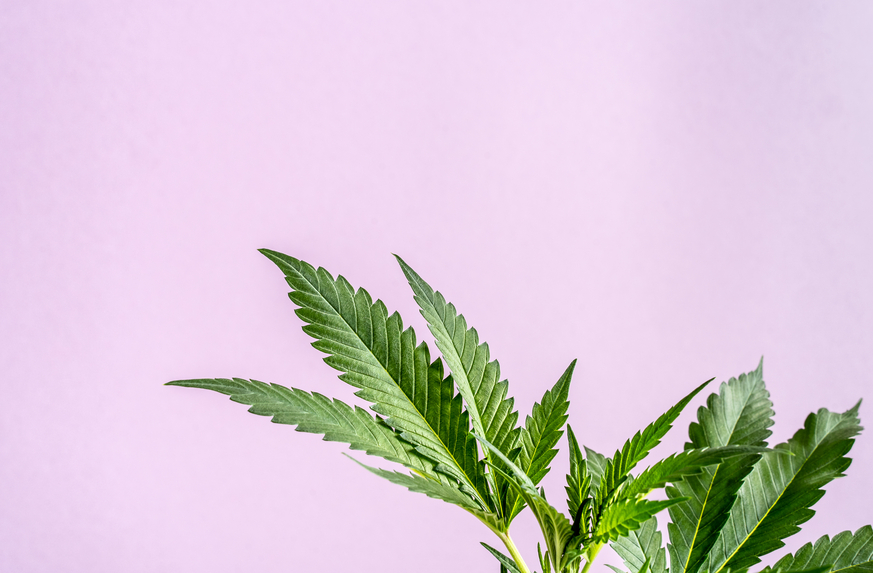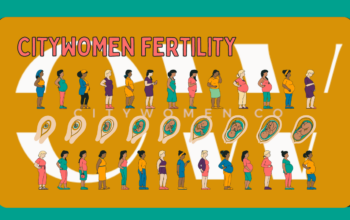
February 03, 2020 at 10:03PM by CWC
Just when you thought you’d figured out CBD, scientists go discover a whole new cannabis compound—and this one may be the most potent yet. In a study published by the journal Nature, a team of Italian scientists reported their discovery of tetrahydrocannabiphorol (THCP), which is potentially 30 times more potent than THC, the most well-known psychoactive compound in marijuana. The researchers also discovered another new cannabis compound, cannabidiphorol (CBDP), which is similar in structure to CBD.
The researchers believe their new discovery of THCB might explain why some cannabis varieties are more potent than others; its presence surely places into the effects. “It’s newly discovered so people get very excited about it, stating that it’s 30 times more potent than THC, and that it’s the latest ‘miracle,’” says Terry Johnston, MD, the medical physician and strategic advisor for clinical trials at Allied Corp., a pharmaceutical research and development company creating and providing targeted cannabinoid health solutions for modern health issues (such as post-traumatic stress disorder).
“I saw a recent quote from a knowledgeable pundit that in essence stated that the claims for cannabinoids far exceed their actual properties,” he says. “We have a cornucopia of new medicinal cannabinoid compounds that need objective research without bias.”
While researchers are still learning about the cannabis plant, the discovery of THCP is significant because of the ways in which it interacts with the endocannabinoid system’s CB1 and CB2 receptors, which are found throughout the body, says The Herb Somm Jamie Evans, whose book, The Ultimate Guide to CBD, comes out next month.
ADVERTISEMENT
ADVERTISEMENTKate Spade Autumn/Winter Sale |
“Due to THCP’s unique ‘seven link’ molecule structure, it’s been reported that it has an immense affinity for binding with CB1 receptors, which are primarily found in the brain and body and help regulate anxiety, stress, pain relief, mood, happiness, and more,” says Evans. “In addition, these new studies have also shown that THCP might also be five to 10 times more active than THC on the CB2 receptors, which help modulate inflammation and pain, help our immune response to pathogens, and protect against bone loss in the body as we age.”
Similarly, more research needs to be conducted on CBDP to learn more about its properties, but because it is structured similarly to CBD, the researchers believe it could have similar anti-inflammatory benefits.
Evans says that the discovery of both new compounds is meaningful because it helps explain why different strains of cannabis make people feel a certain way when consumed. Clearly, cannabis is a complex plant. “While over 100 phytocannabinoids have been discovered in cannabis so far, only a handful have been studied on a deeper level, which is largely due to legal restrictions, particularly here in the U.S.,” Evans says. “Because cannabis is still considered illegal at the federal level, it’s been difficult for researchers to get the funding that they need to look into all the many minor phytocannabinoids that exist.”
As more researchers study phytocannabinoids, we’ll learn more about the different ways they can be used as hopeful solutions for targeted healing. “We are just at the tip of the iceberg when it comes to cannabis research,” says Evans.
Here’s what researchers know about the connection between CBD and anxiety, so far. And this is the difference between hemp oil and CBD oil.
Author Emily Laurence | Well and Good
Selected by CWC

ADVERTISEMENT
ADVERTISEMENTUp to 30% off Gift Sets |







